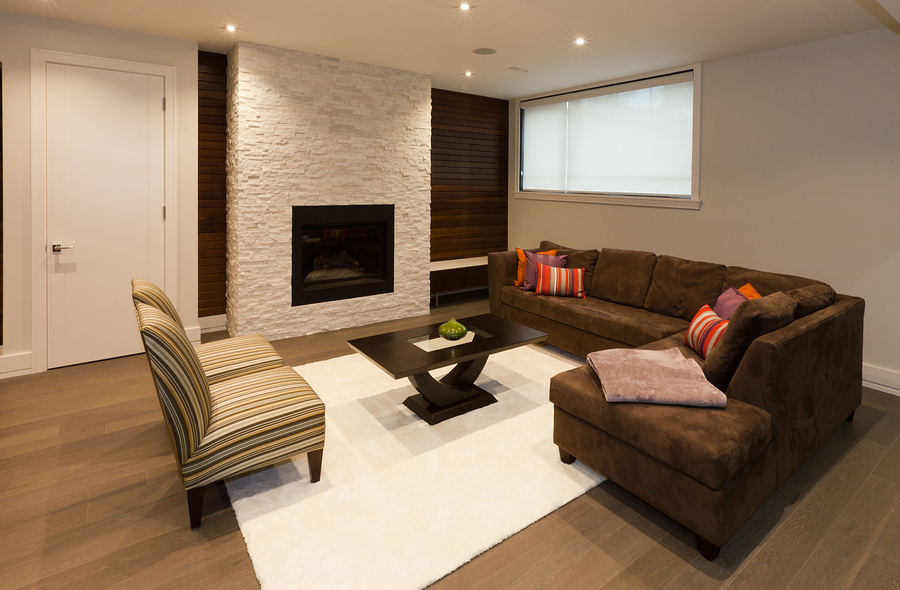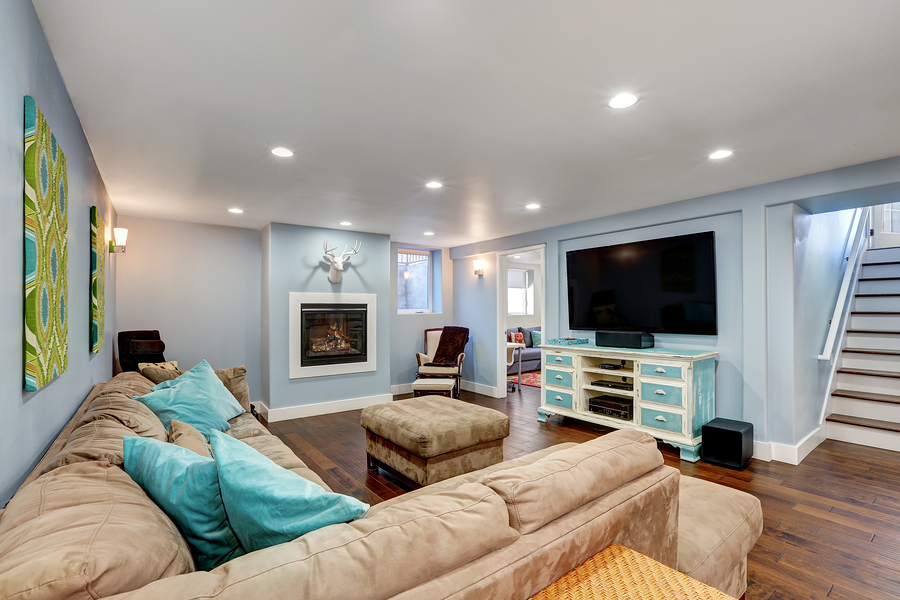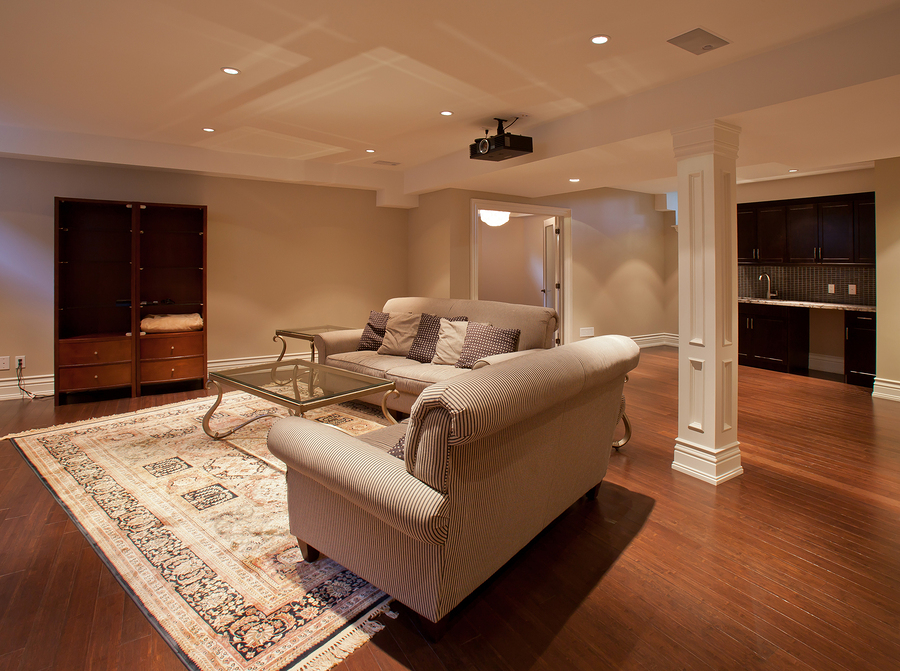Whether you’re converting your basement into the games room of your dreams, or just another bedroom, there’s no doubt that a lot of planning and preparation must take place before you begin work.
From what kind of lights you install, to the kind of floor that you want, there’s a whole spectrum of aspects to consider.
In this article, we’ll be taking a look at the different kinds of flooring that you should consider for your basement, as well as the types that you shouldn’t:
Luxury vinyl tiles
A type of flooring which is highly versatile, and offers a great level of durability, is luxury vinyl tile flooring.
Including some of the best brands in the business, such as Karndean Design Flooring and Quick Step Livyn, luxury vinyl tiles are incredibly resistant to all kinds of knocks, bands and spillages.
What’s more, luxury vinyl tiles are incredibly easy to assemble and offer a great level of warmth for any basement floor.
Laminate flooring

For those who want laminate flooring, its important to stress that waterproof laminate flooring is considered one of the best option for basements, but should only be laid once that all water problems have been eliminated from the room.
As an extra precaution, it is always best to lay a vapour barrier before installing your flooring.
If you want to install conventional laminate flooring in your basement, you should install a good sub-floor to help prevent water damage.
Engineered wood flooring
Although many people assume that solid wood flooring, due to the fact that it is incredibly hardy, is the best kind of flooring for a basement, the truth is that it is not recommended.
This is because whatever flooring that you introduce to your basement, it needs to be able to respond to changes in temperature and humidity.
With this in mind, it is in fact engineered wood flooring that can work for basements if you want to introduce a beautiful natural look.
Able to handle the presence of moisture and regular temperature changes, engineered wood is highly versatile and is thought of as one of as a decent option when used with a subfloor.
Tips for getting rid of moisture
As you may have already gathered, moisture plays a big part in basement conversions, so it’s important that you know how to get rid of it before it becomes a serious issue.
With that in mind, here are a few steps for getting rid of excess moisture:
- Insulate cold water pipes with foam pipe insulation.
- Seal leaky dryer vents with foil tape.
- Keep basement windows closed during humid weather and run a dehumidifier to lower indoor humidity.
- Consider insulating exterior walls to prevent condensation. This will also help you save energy and reduce heating bills.
- Plug holes and cracks in your foundation with hydraulic cement.
- Keep water away from the foundation by directing guttering away from the floor of the house.
If you want to know more about what type of flooring might be check out our contact page, or call us on 0113 346 4165.



